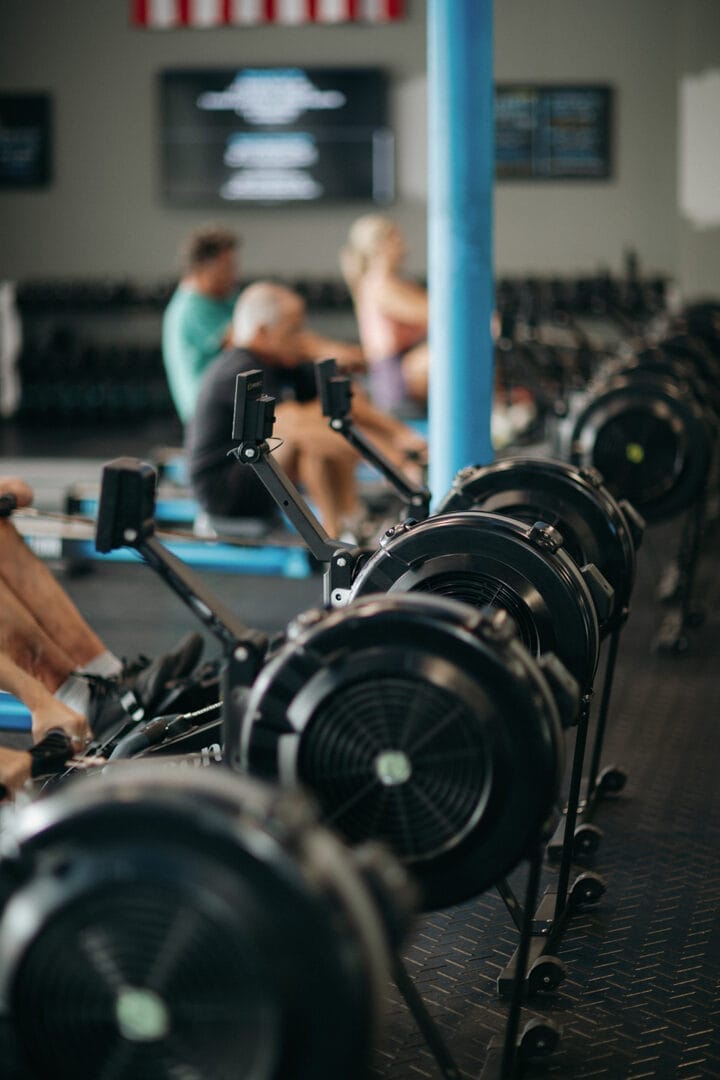As we come into the new year of 2017, we all are thinking about our goals.
“I will accomplish ___[insert something from 2016]____ in 2017!”
For some of us, that includes the magical Double-Under.
Remember the #1 rule for doing double-unders: don’t jump rope angry!
Thanks to our friends at JumpNrope, look no further for a breakdown of four common faults and what to do about them!
Arms Wide! aka THE SHOULDER BURNER. You tend to rely on shoulder and back muscles to drive the jump rope, rather than using good technique. Many experienced CrossFit athletes jump with wide arms and manage to execute hundreds of double-unders, but the toll on their body is excessive and unnecessary. Wide-arm jumpers can be spotted with their Hulk-like arms and tense musculature in their chest, shoulder, and back.
Looking up! aka THE STAR GAZER. You’re not in tune with your setup, and your technique will suffer (see the Setup Guide). Looking upwards while jumping is a common fault for athletes. This results in your chest opening up, arms reaching backward, and your motion and energy directing you backwards when you jump! You may even travel quite a distance!
Knees Up! aka THE OH $H!T JUMPER. Your definition of a double under is to jump erratically and as high as possible, so long as the double under counts. The ‘OS’ jumper tends to look like a ninja with high knees, spastic arms, and shortness of breath.
Hips Back, Toes Up! aka THE PIKER. the Muted hips causes upper body flaws and excessive arm and shoulder use, which tends to result in the piker reaching their arms forward in order to get the rope to pass their toes.
Thank you again to Molly & her crew at JumpNrope. Now for some fun: watch her complete 1400 consecutive double-unders!

